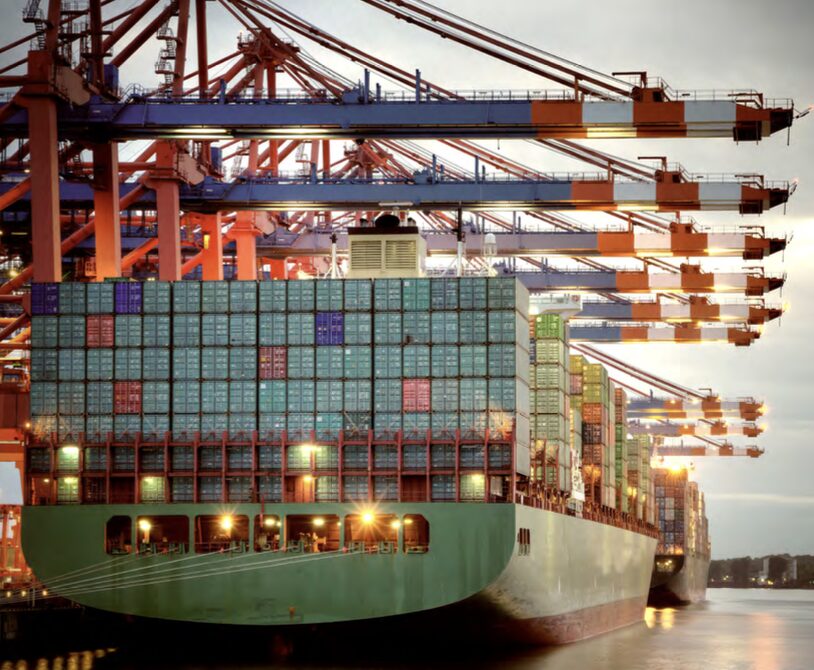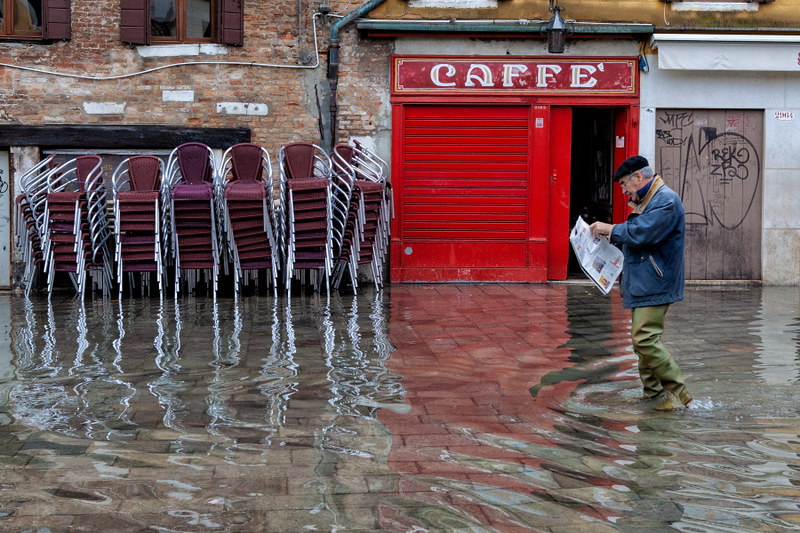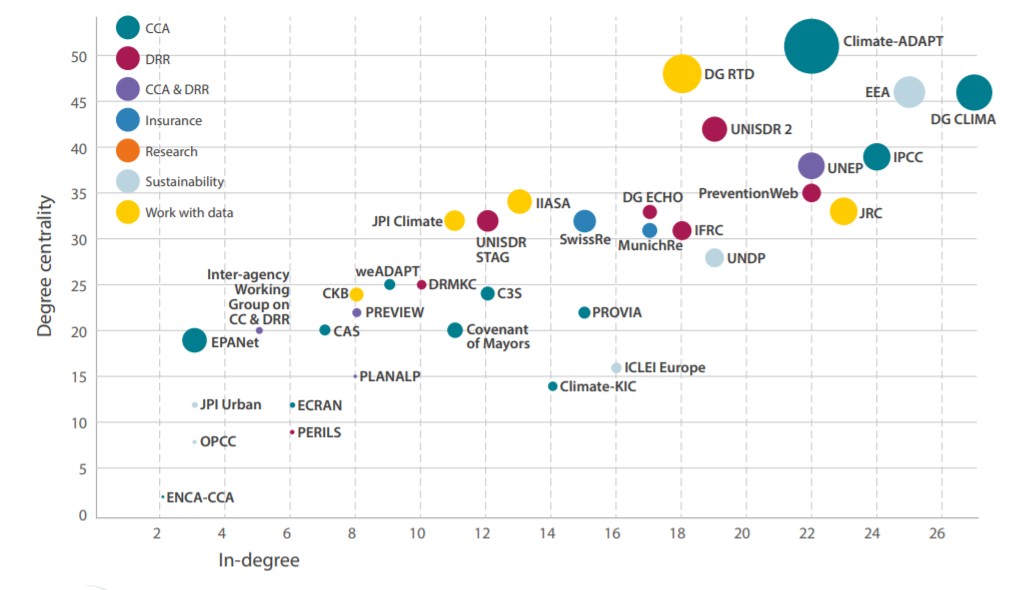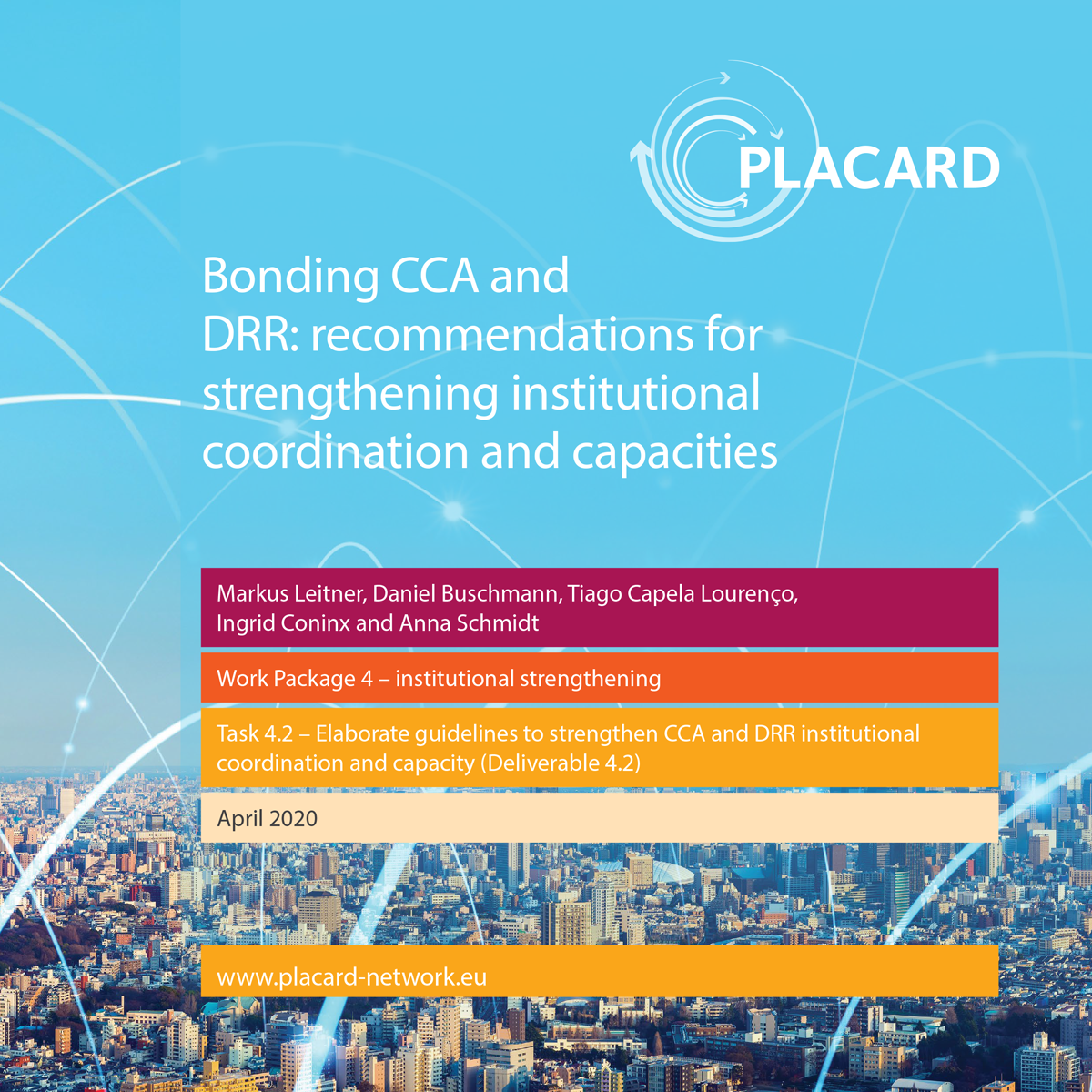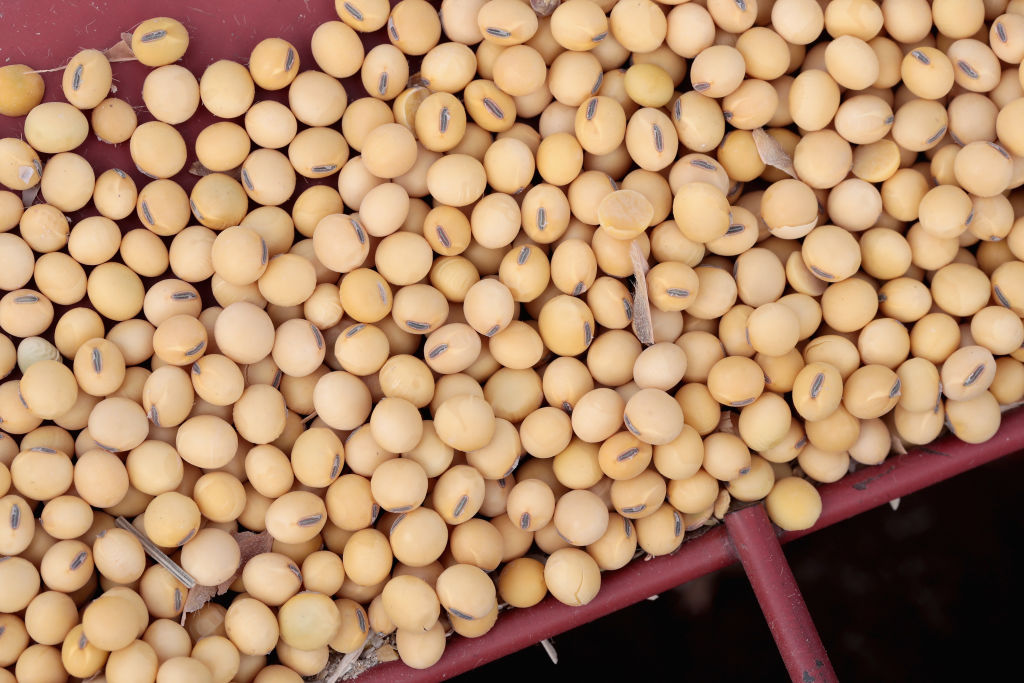Europe
Cascading climate risks: strategic recommendations for European resilience
Why do cascading climate risks matter in a European context? This report describes a set of 21 recommendations on how to build resilience in Europe and globally to cascading climate risks.
White Paper on European Climate Risk and Trade in Europe
This Adaptation Without Borders white paper explores the main barriers that are currently hindering business actions on adaptation and the role of public policies in creating an enabling environment that will accelerate investments in adaptation solutions and scale up their deployment.
CASCADES’ Conceptual Framework of cascading climate impacts
This publication presents a conceptual framework and accompanying terminology developed by the CASCADES project to help describe and analyse cross-border climate impacts and inform adaptation policies.
Climate impact induced crisis in Europe: an exploration of scenarios
This report examines six scenarios of climate impacts that can trigger social, political, economic or financial crises in Europe in the next decade.
Cascading Climate Impacts – Policy Simulation
The Cascading Climate Impacts Policy Simulation encourages us to go beyond the linear process in which science is passed on to society after its production by offering a more interactive and productive arrangement between science and science users.
Adapting to extremes: Key insights for bridging CCA and DRR in the European Green Deal
The PLACARD manifesto shares insights that bridge climate change adaptation & disaster risk reduction - 3 action areas to improve cooperation & recommendations for the European Green Deal.
Strengthening institutional coordination & capacities – bonding climate change adaptation and disaster risk reduction
A PLACARD report showcasing innovative activities that target collaboration, improved communication, increased coherence, and capacity-sharing between the CCA and DRR communities.
International spillovers in SDG implementation: the case of soy from Argentina
The vast majority of Argentinian soy production serves foreign consumption, but has social, economic and environmental impacts in the producer country.

